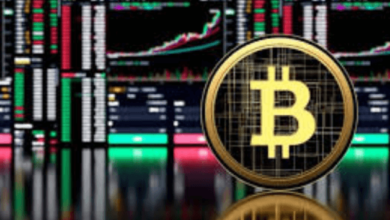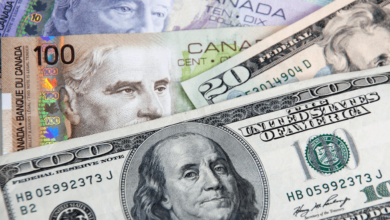What is the future of Harmony one Price Prediction?

There is no doubt that the digital age has changed the way we shop and consume. With so many options available at our fingertips, it can be hard to know what’s truly worth our money. With so much information available, it’s no wonder that some companies have been able to take advantage of consumers and charge high prices for goods and services. In this blog post, we will explore the future of Harmony one Price Prediction. By understanding how technology is changing the way we shop and consume, we can better determine how we can fight back against corporations that abuse their power.
The history of Harmony one Price Prediction
Harmony one Price Prediction has been around for many years now, and it continues to be a popular topic of discussion. The concept is simple – if two or more people are able to reach an agreement on a price, then the price they agree upon will be the “harmony” price.
The history of Harmony one Price Prediction can be traced back to the 1920s. At that time, economists were studying markets and trying to understand how prices were reached. One of the key theories they developed was called the market clearing theory. This theory states that when two or more parties are seeking to buy or sell goods, the equilibrium price will be reached and no one party will gain an advantage over another. Read More
This theory was later tested in the real world by economist Oskar Morgenstern. He conducted a study in which he asked different groups of students to guess the value of a potato. He found that the average guess was $0.50 per pound, but there was also a lot of variation from student to student. This showed that there was not a fixed equilibrium price for potatoes, but instead that prices varied depending on supply and demand.
This theory led to the development of Harmony one prices prediction. Economists realized that if two or more people could agree on a specific price for goods, then this would be an accurate representation of the market equilibrium value. In order to achieve this goal, economists started developing methods for getting multiple parties involved in negotiations so that
The future of Harmony one Price Prediction
Harmony one Price Prediction is the future of online shopping. It is a system that uses artificial intelligence to predict prices for different items and provide customers with a one-price solution. This system is designed to make shopping easier and more affordable for customers. The Harmony one prices prediction will soon be available in various stores and it will change the way customers shop.
The Harmony one prices prediction system will revolutionize the way people shop for groceries, clothes, and other items. Customers will no longer have to search through different stores to find the best deal on an item. The Harmony one prices prediction system will provide them with a single price for all of the items they are considering purchasing. This system will make shopping easier and faster for customers, and it will save them time and money.
The Harmony one prices prediction system has already been implemented in several stores across the world. This system is currently being used in stores in Japan, Canada, Germany, and the United States of America. The popularity of this system has prompted several large companies to invest in its development. The developers of the Harmony one prices prediction system believe that this system has the potential to revolutionize online shopping as we know it.
The different types of Harmony one prices prediction
Harmony one prices prediction can be used to predict future prices of different items. Harmony one prices prediction is a mathematical formula that uses algorithms to analyze past trends and determine future prices for specific items.
There are three main types of Harmony one prices prediction: trend, regression, and dynamic. Trend Harmony one prices prediction looks for short-term patterns in prices, such as when a stock undergoes a boom or bust. Regression Harmony one prices prediction looks for long-term patterns in prices, such as how the inflation rate affects the cost of an item. Dynamic Harmony one prices prediction takes into account recent changes to the market and adjusts its predictions accordingly.
The future of Harmony one prices prediction
The future of Harmony one prices prediction is that it will continue to be a popular and valued service. There are many reasons for this. Firstly, it is an easy and convenient way to shop. Secondly, it is a safe and secure way to shop. And lastly, it is a sustainable way to shop.
As the world becomes more and more digital, the popularity of Harmony one prices prediction will continue to grow. This is because it allows consumers to shop from anywhere in the world at any time of day or night. In addition, Harmony one prices prediction offers a unique experience that cannot be found anywhere else.
It is predicted that the future of Harmony one prices prediction will be very successful. This is due to the fact that it offers a variety of benefits that make shopping easier and more comfortable for consumers.
Conclusion
In the future, we believe that harmonious one Price Predictions will become more and more common. This is due to the fact that businesses are starting to realize that by working together, they can save money and increase efficiency. This is why we see so many companies banding together to create collective buying power – it’s simply in their best interest! As society becomes more interconnected, it is only natural for businesses to work together towards a common goal. So what does this mean for you? It means that when you shop online, you’re not just saving money on your purchases – you’re also supporting the businesses that matter most to you. Thanks for reading!






